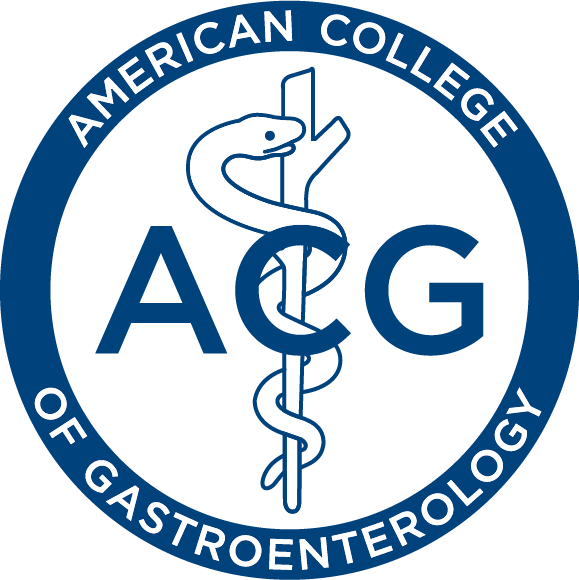Newswise — A new study finds that 'virtual' colonoscopy—which uses imaging technology rather than a colonoscopy to screen for polyps and other lesions— missed 27% of colorectal lesions, including pre-cancerous colon polyps and colon cancers. Researchers from the University of Michigan and the Ann Arbor VA Medical Center collaborated with investigators at the University of Iowa on a meta-analysis of data from 16 studies on virtual colonoscopy. The results were presented at the 68th Annual Scientific Meeting of the American College of Gastroenterology.
Virtual colonoscopy, also called CT or MR colonography, uses CT (computed tomography) or MR (magnetic resonance) imaging technology to examine the colon for cancer and precancerous growths. While there has been little support to date in the medical literature, some investigators have been studying whether this technique may have any viability as another option for colorectal screening.
A systematic review of the literature identified 447 studies, 16 of which were appropriate for the analysis. 11 used CT-based screening and 5 examined MR screening for colorectal cancer. They calculated the sensitivity (true positive rate) and specificity (true negative rate) of virtual colonoscopy for each study in the analysis. The mean sensitivity for the studies in the analysis was 0.73, meaning that in 73 percent of patients virtual colonoscopy correctly identified a colorectal lesion, while in 27 percent of patients lesions were missed.
The researchers also calculated the ability of virtual colonoscopy to correctly give the patient a clean bill of health. They found a mean specificity of 0.82, meaning that 82 percent correctly identified healthy patients, and 18 percent were falsely identified as having lesions.
"Using current technology, 'virtual' colonoscopy is not an adequate screening tool for colorectal cancer," concluded Aaron Link, M.D., of the University of Michigan.
Conventional colonoscopy permits direct visualization of the colon. It also enables the gastroenterologist to remove polyps or other suspicious lesions during the procedure. If a 'virtual' colonoscopy image is suspicious or inconclusive, a patient usually will be referred for a conventional colonoscopy or other follow-up procedure.
The American College of Gastroenterology recommends that for average-risk individuals, colorectal cancer screening tests begin at age 50. The preferred approach is a screening colonoscopy every 10 years, but an alternate strategy consists of a stool test for blood every year and flexible sigmoidoscopy every 3 to 5 years. For high-risk individuals, screening colonoscopy may begin earlier and is performed more frequently. Those at high risk include those with a personal history of colorectal cancer or adenomatous polyps; family history of colorectal cancer; nonhereditary polyposis; or a predisposing condition such as inflammatory bowel disease. (Medicare provides for surveillance colonoscopy no more frequently than once every two years for those at high risk.) For both average- and high-risk individuals, all potential pre-cancerous polyps must be removed.
The ACG was formed in 1932 to advance the scientific study and medical treatment of disorders of the gastrointestinal (GI) tract. The College promotes the highest standards in medical education and is guided by its commitment to meeting the needs of clinical gastroenterology practitioners.
Consumers can get more information on GI diseases through the following ACG-sponsored programs:· 1-800-978-7666 (free brochures on common GI disorders, including ulcer, colon cancer, gallstones, and liver disease)· 1-866-IBS-RELIEF and http://www.ibsrelief.org (free educational materials)· 1-800-HRT-BURN (free brochure and video on heartburn and GERD)· http://www.acg.gi.org (ACG's Web site)
MEDIA CONTACT
Register for reporter access to contact detailsCITATIONS
American College of Gastroenterology 68th Annual Scientific Meeting
